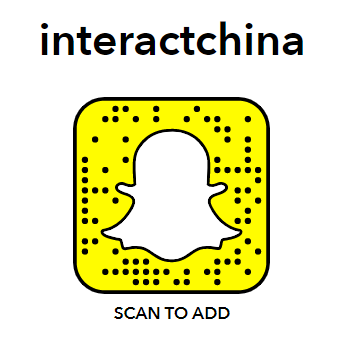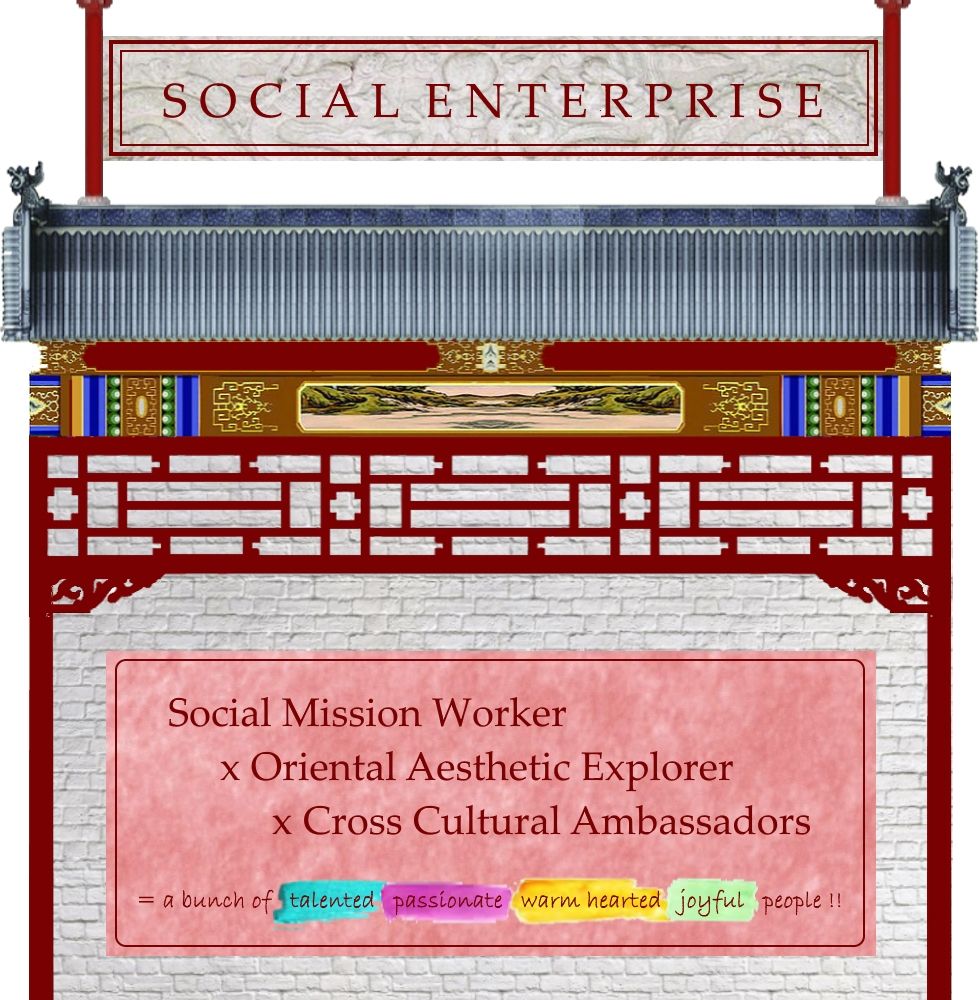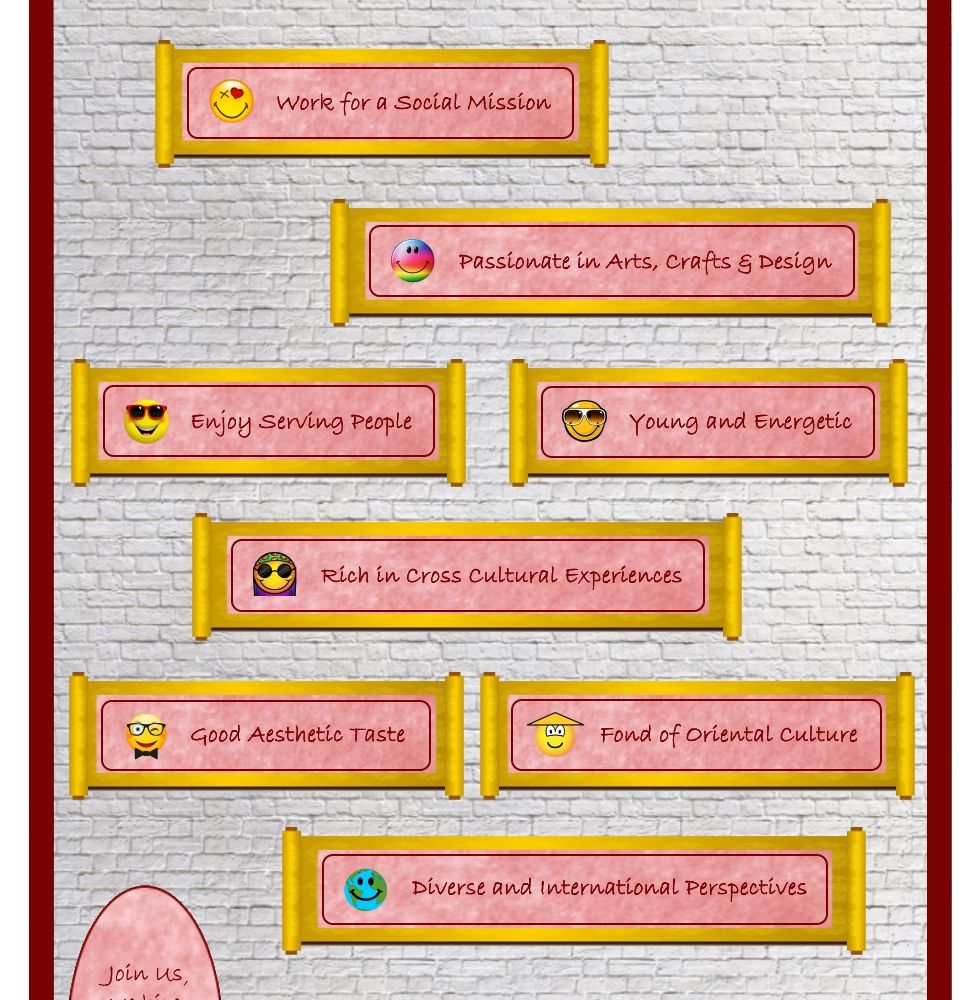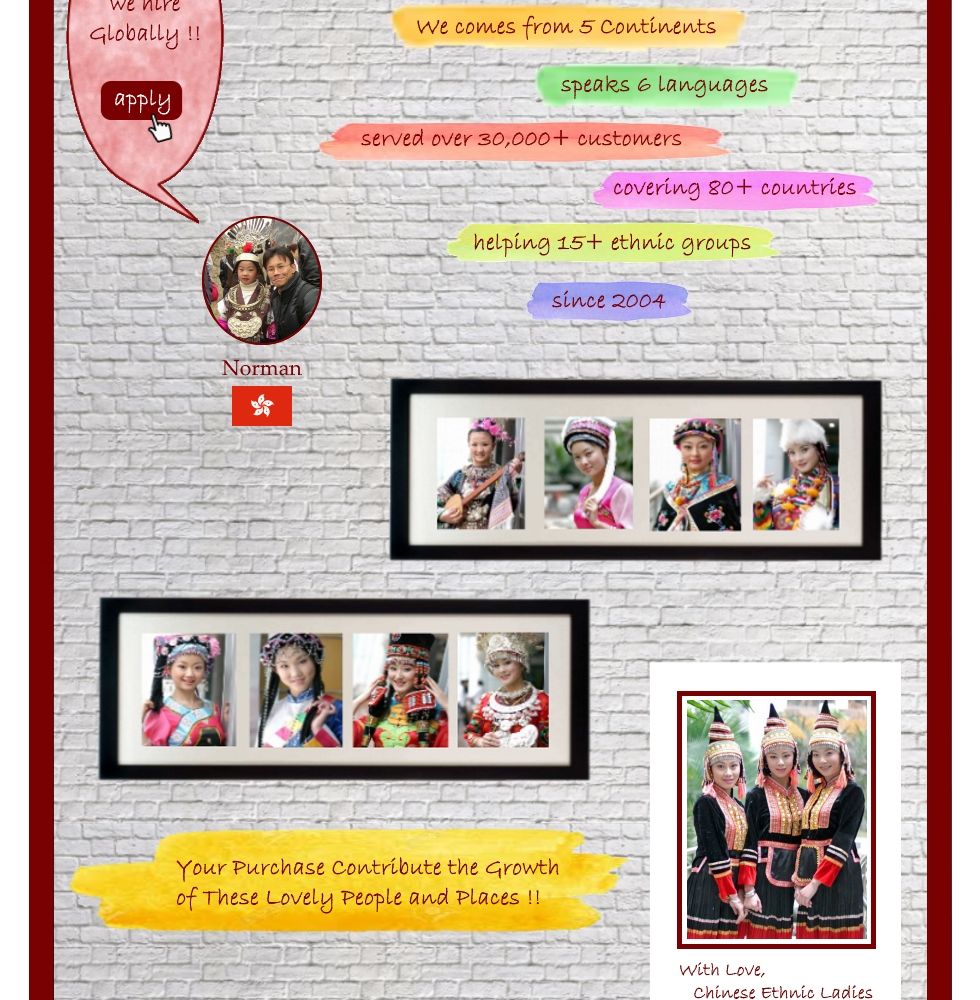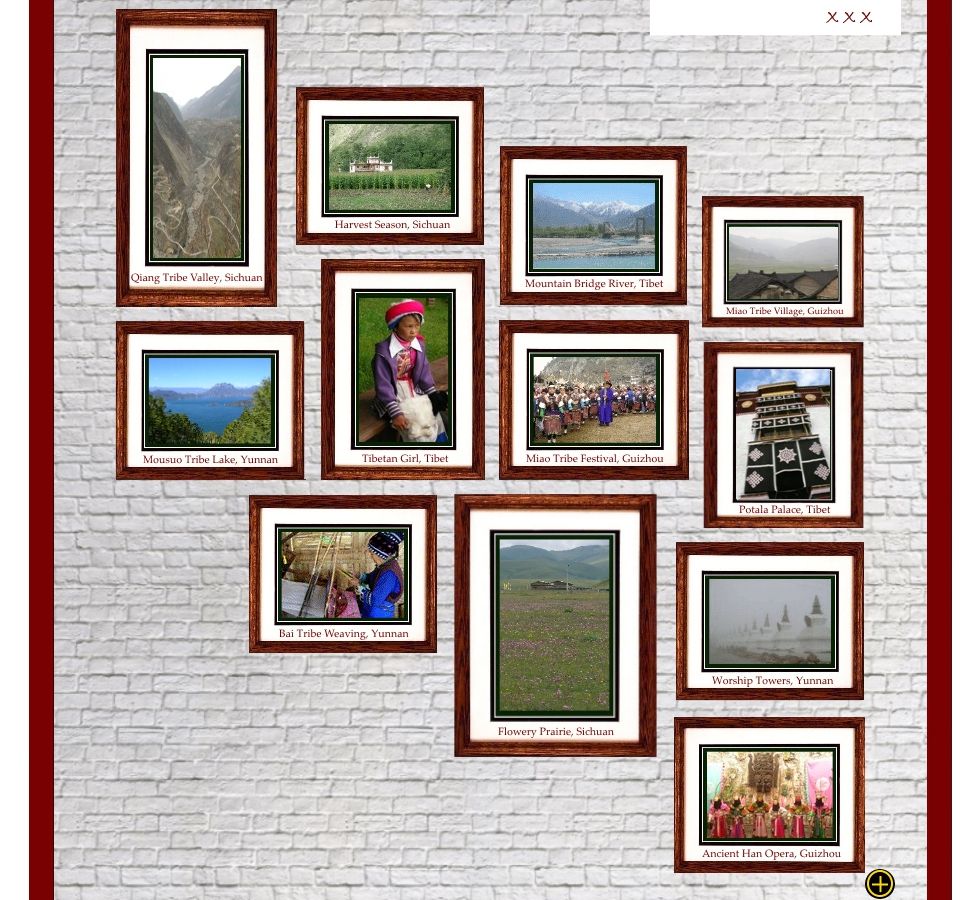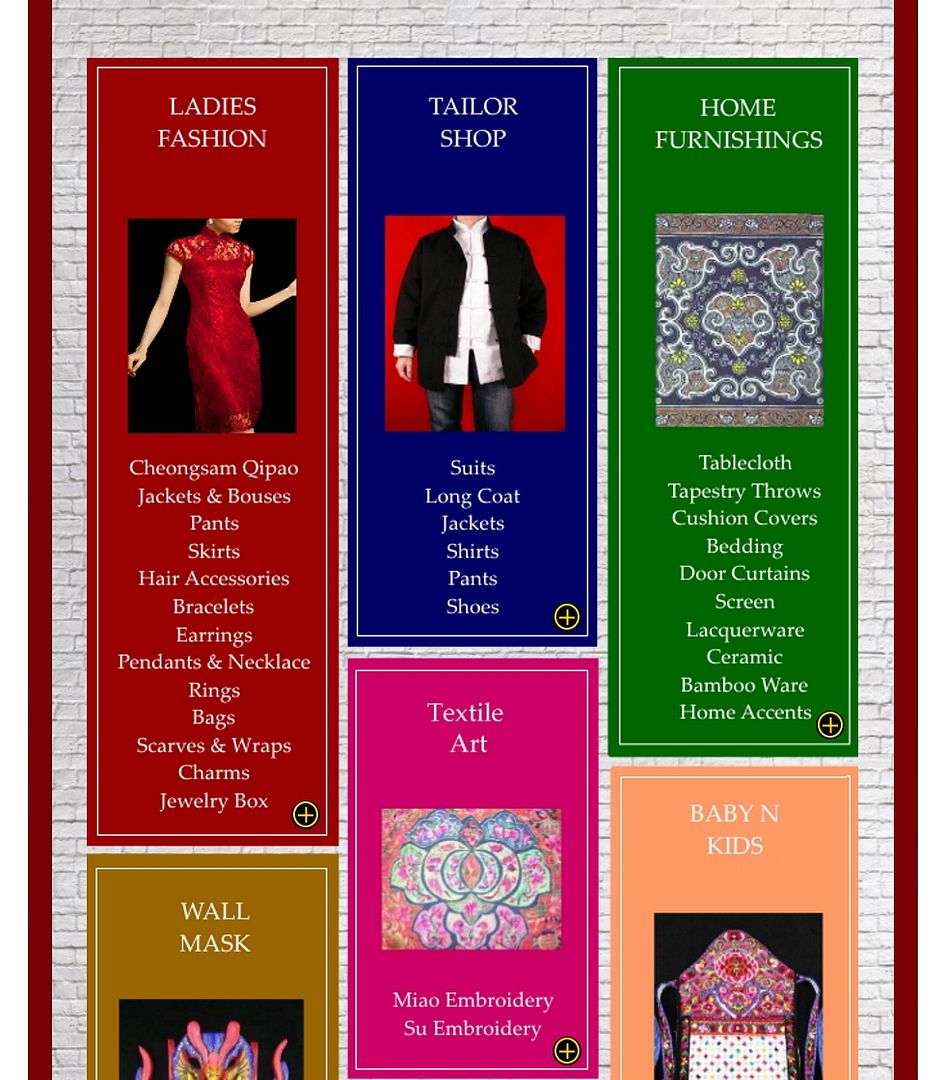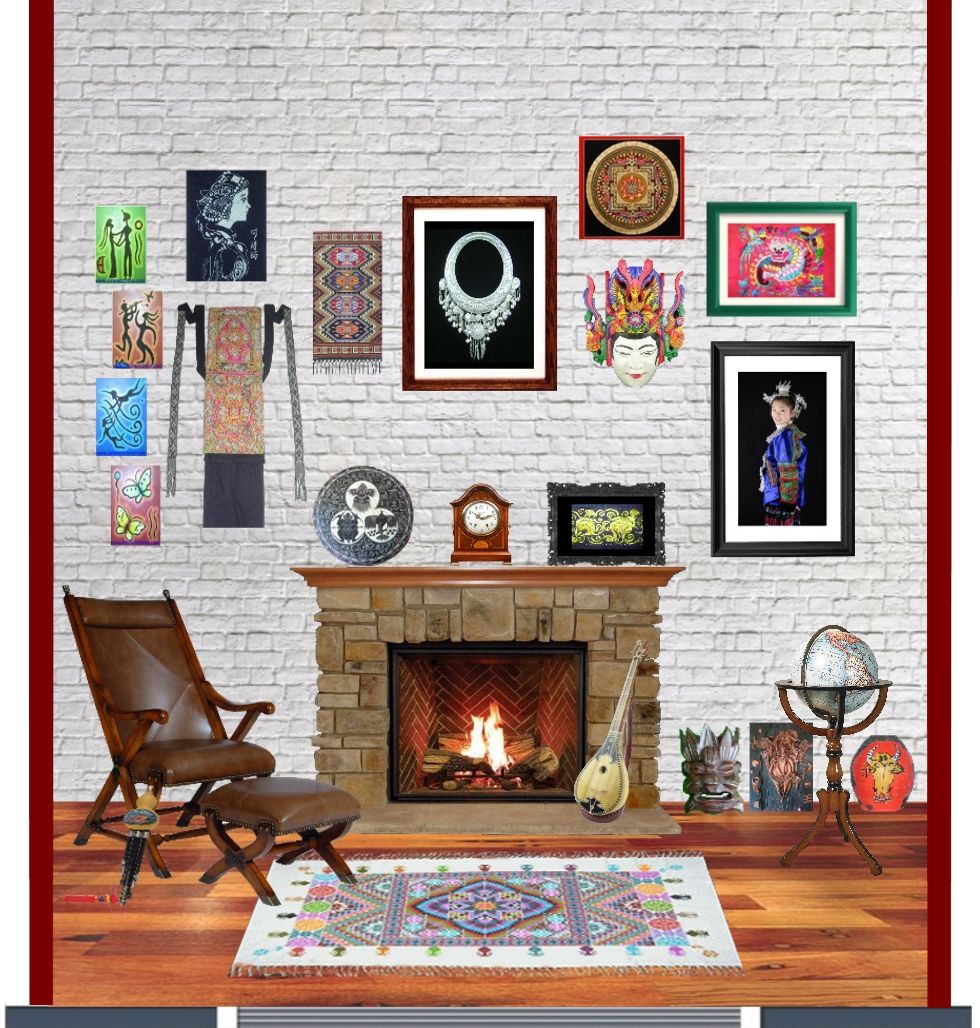Thangka Painting Mandala
8th Jun 2017
Mandala is a Sanskrit word that means “circle”. In the Hindu and Buddhist religious traditions their sacred art often takes a mandala form. The basic form of most Hindu and Buddhist mandalas is a square with four gates containing a circle with a center point. Each gate is in the shape of a T.

These mandalas, concentric diagrams, have spiritual and ritual significance in both Buddhism and Hinduism. The term is of Hindu origin and appears in the Rig Veda as the name of the sections of the work, but is also used in other Indian religions, particularly Buddhism. In the Tibetan branch of Vajrayana Buddhism, mandalas have been developed into sand painting. They are also a key part of anuttarayoga tantra meditation practices.
In various spiritual traditions, mandalas may be employed for focusing attention of aspirants and adepts, as a spiritual teaching tool, for establishing a sacred space, and as an aid to meditation and trance induction. According to David Fontana, its symbolic nature can help one “to access progressively deeper levels of the unconscious, ultimately assisting the meditator to experience a mystical sense of oneness with the ultimate unity from which the cosmos in all its manifold forms arises.” The psychoanalyst Carl Jung saw the mandala as “a representation of the unconscious self,” and believed his paintings of mandalas enabled him to identify emotional disorders and work towards wholeness in personality.
Symbols

The Mandala shown here is connected with the Buddha Vajrasattva, who symbolises the original crystalline purity.
In the centre is a lotus blossom with eight petals, resting on a bed of jewels. In the next place are the walls of the palace with gates towards the four corners of the earth. The gates are guarded by four angry doorkeepers. Before the meditating person arrives at the gates, she must, however, pass the four outer circles: the purifying fire of wisdom, the vajra circle, the circle with the eight tombs, the lotus circle.
Circles

Here are the four circles, symbolizing the enlightenment, which the meditating person must gain, before she can enter the illuminated palace:
Fire of wisdom: the outermost circle consists of the purifying fire
Vajra circle: the diamond circle expresses strength and fearlessness
Tombs: there are eight tombs, which symbolizes the eight states of consciousness, which the person must go beyond
Lotus circle: expresses the open state of devotion, that is necessary to enter the palace
Centre

The symbol of Buddha lives in the centre, surrounded by eight Buddhas for meditation – symbolic deities: four male and four female. These figures, facing the corners of the earth form together a lotus flower.
Mandala in Tibet
In ancient Tibet, as part of a spiritual practice, monks created intricate mandalas with colored sand made of crushed semiprecious stones. The tradition continues to this day as the monks travel to different cultures around the world to create sand mandalas and educate people about the culture of Tibet.
All monks at Tibetan Buddhist monasteries are required to learn how to construct mandalas as part of their training. The learning process is two-fold, including the memorization of texts that specify the names, lengths, and positions of the primary lines that define the basic structure of mandalas, as well as the manual techniques of drawing and pouring sand. These texts, however, do not describe every line, nor every detail of each mandala, but rather serve as mnemonic guides to the complete forms of mandalas that must be learned from the repeated practice of construction under the guidance of experienced monks.
As a meditation on impermanence (a central teaching of Buddhism), after days or weeks of creating the intricate pattern of a sand mandala, the sand is brushed together and placed in a body of running water to spread the blessings of the mandala.
by Xiao Xiao @ InteractChina.com
About Interact China
-----------------------------------------------------------------------------------------------------------------------------
"A Social Enterprise in E-commerce Promoting Oriental Aesthetic Worldwide"
Aileen & Norman co-founded Interact China in 2004 with specialization in fine Oriental Aesthetic products handmade by ethnic minorities & Han Chinese. Having direct partnerships with artisans, designers, craft masters and tailors, along with 10 years solid experience in e-commerce via InteractChina.com, we position well to bridge talented artisans in the East with the rest of the world, and bring you direct finely selected products that are of good quality and aesthetic taste.
So far we carry 3000+ goods covering Ladies Fashion, Kungfu Clothing, Home Furnishings, Babies & Kids, Painting Arts, Textile Arts, Carving Arts, Tribal Jewelry Art, Wall Masks and Musical Instruments. Our team speak English, French, German, Spanish and Italian, and serve customers worldwide with passion and hearts.
-----------------------------------------------------------------------------------------------------------------------------
P.S. We Need People with Similar Passion to Join Our Blogging Team!
If you have passion to write about Oriental Aesthetic in Fashion, Home Decor, Art & Crafts, Culture, Music, Books, and Charity, please contact us at bloggers@interactchina.com, we would love to hear from you!






